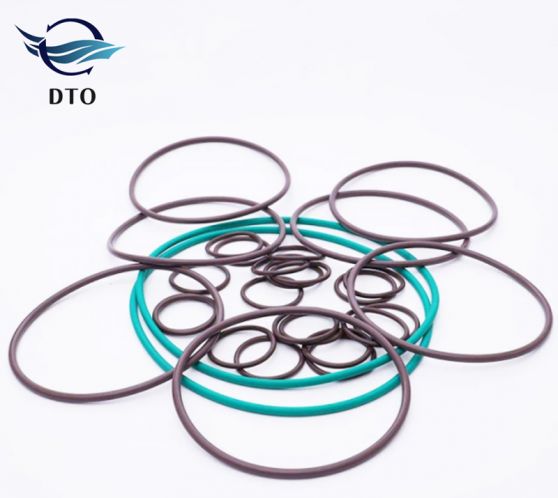Jul. 15, 2024
Oil seals also known as shaft seals or rotary seals, are essential components in various machinery and automotive applications, designed to prevent the leakage of lubricants and other fluids while protecting against contaminants. Understanding the functionality and importance of oil seals can help maintain equipment efficiency and longevity.
Oil seals serve multiple critical functions in mechanical systems. Primarily, they prevent the escape of lubricants from bearings or other internal parts, ensuring smooth operation and reducing wear and tear. Additionally, oil seals block the entry of dust, dirt, and other contaminants, which can cause significant damage over time.

An oil seal typically consists of three main parts:
The Sealing Element: Usually made from materials like nitrile rubber or silicone, this part makes contact with the shaft, forming a tight seal.
The Metal Case: This provides structural support and holds the seal in place.
The Garter Spring: Ensures constant pressure on the sealing lip against the shaft, enhancing the seal's effectiveness.
There are various types of oil seals, each suited to different applications:
Single Lip Seals: Used for general applications to retain lubricants.
Double Lip Seals: Feature an additional lip to provide extra protection against contaminants.
Related articles:Hydrodynamic Seals: Designed with grooves or patterns that help pump lubricant back into the system.
Proper installation and maintenance of oil seals are crucial for optimal performance. When installing an oil seal, it is essential to ensure that the shaft and housing are clean and free from damage. Using the correct tools to avoid deforming the seal is also important. Regular inspections can help detect any signs of wear or damage early, allowing for timely replacement and preventing potential equipment failures.
Some common issues with oil seals include:
Leakage: Often caused by improper installation, wear, or damage to the sealing element.
Contamination: Can result from inadequate sealing or damage, allowing dirt and other particles to enter.
Hardening or Cracking: Typically due to exposure to extreme temperatures or incompatible lubricants.
Addressing these issues promptly by inspecting and replacing faulty seals can prevent more severe problems and ensure the continued reliability of machinery.
Oil seals play a vital role in maintaining the efficiency and longevity of mechanical systems by preventing leaks and protecting against contaminants. By understanding their function, types, and proper maintenance, you can ensure that your equipment runs smoothly and remains in good condition for longer periods.
mechanical oil seals are indispensable in various industries, and their proper use and maintenance are key to preventing leaks and extending the life of machinery. Regular inspections and timely replacements are essential practices to avoid operational disruptions and costly repairs.
Related articles:Previous: None
Next: Exploring the Distinctions: Lock Washer vs. Wave Washer
Related Articles
If you are interested in sending in a Guest Blogger Submission,welcome to write for us!
All Comments ( 0 )